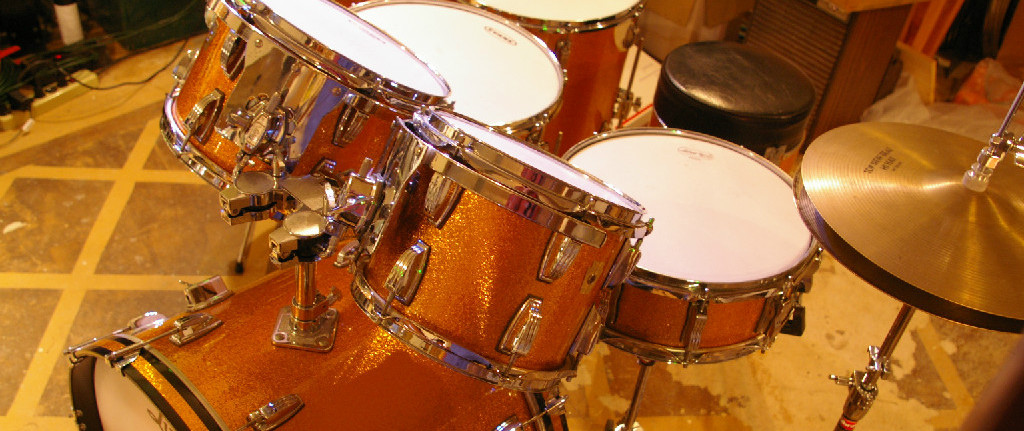In Memory of Steve
Monday night, at my jazz gig at The Slipway, I was discussing an upcoming absence of mine, and inquiring with the guys in the band about a sub. Steve Grover’s name came up as a possibility as a sub, but guitar player Dave said “I think I heard he’s struggling with cancer.” That’s the first time I heard such a thing.
In 1990, I was a Jazz and Contemporary Music major at the University of Maine, Augusta. The jazz program there was highly regarded at the time; it was where players went who couldn’t afford Berklee. I, of course, couldn’t afford Berklee, so UMA made a good choice. It was affordable, a fine school, and only an hour away from my parent’s house, so I could live at home. So I did. And Steve Grover was my drum instructor.
So intense was that music instruction that the one hour weekly lesson actually counted as two credit hours. I learned so much from Steve in that one semester, it’s unreal. So much of who I am as a jazz player came directly from Steve. I took jazz band in high school, and studied drums privately, but not really JAZZ drumming. That all came from Steve. Steve taught me the hemiola. Steve taught me independence, and comping. Steve beat alternating sticking into my head. He taught me how to count out loud by insisting that I do it–something I try to get MY students to do. And it was Steve that realized I’d been playing my right and left flams backwards for years! He made me go back and re-learn them–something that was very hard to do. All this stuff from Steve.
Wednesday night, two days after the initial news that Steve might be sick, I see a note from a mutual friend and trumpet player on Facebook. Steve’s in hospice. Hospice?! As I read down through the comments, I see “Steve’s taken a turn for the worse. He’s not in hospice. He’s in the hospital. He’s not expected to ever come out.”
Last night, just before 6pm, I was just about to start another gig, when I took a quick glance on Facebook. Steve died. Rest in peace Steve. You made a difference in my playing, and you made a difference in me.




